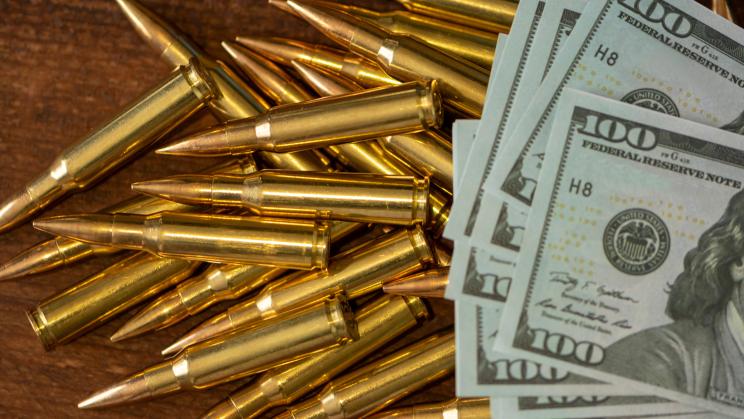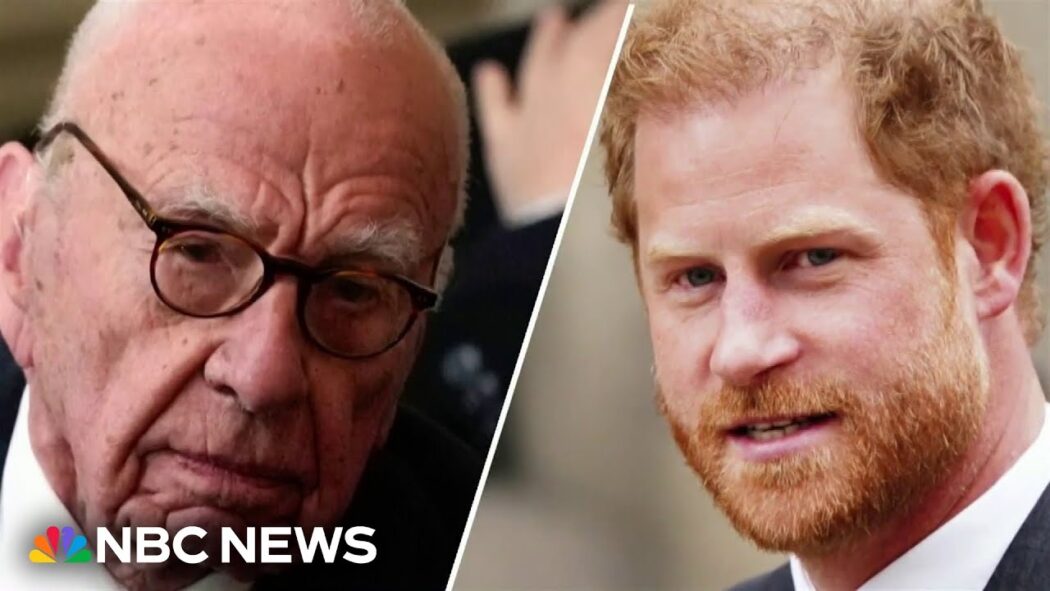
Try Adsterra Earnings, it’s 100% Authentic to make money more and more.

(Stockholm, 22 April 2024) Total global military expenditure reached $2443 billion in 2023, an increase of 6.8 per cent in real terms from 2022. This was the steepest year-on-year increase since 2009. The 10 largest spenders in 2023—led by the United States, China and Russia—all increased their military spending, according to new data on global military spending published today by the Stockholm International Peace Research Institute (SIPRI), available at www.sipri.org.
Read this press release in Catalan (PDF), French (PDF), Spanish (PDF) or Swedish (PDF).
Click here to download the SIPRI Fact Sheet.
Military expenditure increases in all regions
World military expenditure rose for the ninth consecutive year to an all-time high of $2443 billion. For the first time since 2009, military expenditure went up in all five of the geographical regions defined by SIPRI, with particularly large increases recorded in Europe, Asia and Oceania and the Middle East.
‘The unprecedented rise in military spending is a direct response to the global deterioration in peace and security,’ said Nan Tian, Senior Researcher with SIPRI’s Military Expenditure and Arms Production Programme. ‘States are prioritizing military strength but they risk an action–reaction spiral in the increasingly volatile geopolitical and security landscape.’
Military aid to Ukraine narrows spending gap with Russia
Russia’s military spending increased by 24 per cent to an estimated $109 billion in 2023, marking a 57 per cent rise since 2014, the year that Russia annexed Crimea. In 2023 Russia’s military spending made up 16 per cent of total government spending and its military burden (military spending as a share of gross domestic product, GDP) was 5.9 per cent.
Ukraine was the eighth largest spender in 2023, after a spending surge of 51 per cent to reach $64.8 billion. This gave Ukraine a military burden of 37 per cent and represented 58 per cent of total government spending.
Ukraine’s military spending in 2023 was 59 per cent the size of Russia’s. However, Ukraine also received at least $35 billion in military aid during the year, including $25.4 billion from the USA. Combined, this aid and Ukraine’s own military spending were equivalent to about 91 per cent of Russian spending.
USA remains NATO’s major spender but European members increase share
In 2023 the 31 NATO members accounted for $1341 billion, equal to 55 per cent of the world’s military expenditure. Military spending by the USA rose by 2.3 per cent to reach $916 billion in 2023, representing 68 per cent of total NATO military spending. In 2023 most European NATO members increased their military expenditure. Their combined share of the NATO total was 28 per cent, the highest in a decade. The remaining 4 per cent came from Canada and Türkiye.
‘For European NATO states, the past two years of war in Ukraine have fundamentally changed the security outlook,’ said Lorenzo Scarazzato, Researcher with SIPRI’s Military Expenditure and Arms Production Programme. ‘This shift in threat perceptions is reflected in growing shares of GDP being directed towards military spending, with the NATO target of 2 per cent increasingly being seen as a baseline rather than a threshold to reach.’
A decade after NATO members formally committed to a target of spending 2 per cent of GDP on the military, 11 out of 31 NATO members met or surpassed this level in 2023—the highest number since the commitment was made. Another target—of directing at least 20 per cent of military spending to ‘equipment spending’—was met by 28 NATO members in 2023, up from 7 in 2014.
China’s rising military expenditure drives up spending by neighbours
China, the world’s second largest military spender, allocated an estimated $296 billion to the military in 2023, an increase of 6.0 per cent from 2022. This was the 29th consecutive year-on-year rise in China’s military expenditure. China accounted for half of total military spending across the Asia and Oceania region. Several of China’s neighbours have linked their own spending increases to China’s rising military expenditure.
Japan allocated $50.2 billion to its military in 2023, which was 11 per cent more than in 2022. Taiwan’s military expenditure also grew by 11 per cent in 2023, reaching $16.6 billion.
‘China is directing much of its growing military budget to boost the combat readiness of the People’s Liberation Army,’ said Xiao Liang, Researcher with SIPRI’s Military Expenditure and Arms Production Programme. ‘This has prompted the governments of Japan, Taiwan and others to significantly build up their military capabilities, a trend that will accelerate further in the coming years.’
War and tensions in the Middle East fuel biggest spending increase of past decade
Estimated military expenditure in the Middle East increased by 9.0 per cent to $200 billion in 2023. This was the highest annual growth rate in the region seen in the past decade.
Israel’s military spending—the second largest in the region after Saudi Arabia—grew by 24 per cent to reach $27.5 billion in 2023. The spending increase was mainly driven by Israel’s large-scale offensive in Gaza in response to the attack on southern Israel by Hamas in October 2023.
‘The large increase in military spending in the Middle East in 2023 reflected the rapidly shifting situation in the region—from the warming of diplomatic relations between Israel and several Arab countries in recent years to the outbreak of a major war in Gaza and fears of a region-wide conflict,’ said Diego Lopes da Silva, Senior Researcher with SIPRI’s Military Expenditure and Arms Production Programme.
Military action against organized crime pushes up spending in Central America and the Caribbean
Military spending in Central America and the Caribbean in 2023 was 54 per cent higher than in 2014. Escalating crime levels have led to the increased use of military forces against criminal gangs in several countries in the subregion.
Military spending by the Dominican Republic rose by 14 per cent in 2023 in response to worsening gang violence in neighbouring Haiti. The Dominican Republic’s military spending has risen steeply since 2021, when the assassination of Haitian President Jovenel Moïse threw Haiti into crisis.
In Mexico, military expenditure reached $11.8 billion in 2023, a 55 per cent increase from 2014 (but a 1.5 per cent decrease from 2022). Allocations to the Guardia Nacional (National Guard)—a militarized force used to curb criminal activity—rose from 0.7 per cent of Mexico’s total military expenditure in 2019, when the force was created, to 11 per cent in 2023.
‘The use of the military to suppress gang violence has been a growing trend in the region for years as governments are either unable to address the problem using conventional means or prefer immediate—often more violent—responses,’ said Diego Lopes da Silva, Senior Researcher with SIPRI’s Military Expenditure and Arms Production Programme.
Other notable developments
- India was the fourth largest military spender globally in 2023. At $83.6 billion, its military expenditure was 4.2 per cent higher than in 2022.
- The largest percentage increase in military spending by any country in 2023 was seen in the Democratic Republic of the Congo (+105 per cent), where there has been protracted conflict between the government and non-state armed groups. South Sudan recorded the second largest percentage increase (+78 per cent) amid internal violence and spillover from the Sudanese civil war.
- Poland’s military spending, the 14th highest in the world, was $31.6 billion after growing by 75 per cent between 2022 and 2023—by far the largest annual increase by any European country.
- In 2023 Brazil’s military spending increased by 3.1 per cent to $22.9 billion. Citing the NATO spending guideline, members of Brazil’s Congress submitted a constitutional amendment to the Senate in 2023 that aims to increase Brazil’s military burden to an annual minimum of 2 per cent of GDP (up from 1.1 per cent in 2023).
- Algeria’s military spending grew by 76 per cent to reach $18.3 billion. This was the highest level of expenditure ever recorded by Algeria and was largely due to a sharp rise in revenue from gas exports to countries in Europe as they moved away from Russian supplies.
- Iran was the fourth largest military spender in the Middle East in 2023 with $10.3 billion. According to available data, the share of military spending allocated to the Islamic Revolutionary Guard Corps grew from 27 per cent to 37 per cent between 2019 and 2023.
For editors
SIPRI monitors developments in military expenditure worldwide and maintains the most comprehensive, consistent and extensive publicly available data source on military expenditure. The annual update of the SIPRI Military Expenditure Database is accessible from today at www.sipri.org.
All percentage changes are expressed in real terms (constant 2022 prices). Military expenditure refers to all government spending on current military forces and activities, including salaries and benefits, operational expenses, arms and equipment purchases, military construction, research and development, and central administration, command and support. SIPRI therefore discourages the use of terms such as ‘arms spending’ when referring to military expenditure, as spending on armaments is usually only a minority of the total.
Media contacts
For information or interview requests contact Mimmi Shen (mimmi.shen@sipri.org, +46 766 286 133) or Stephanie Blenckner (blenckner@sipri.org, +46 8 655 97 47).
Published By

Latest entries
 allPost2025.01.23Prince Harry settles legal battle with British tabloid
allPost2025.01.23Prince Harry settles legal battle with British tabloid allPost2025.01.23Ohio mom goes viral after saying she found marijuana in Burger King order
allPost2025.01.23Ohio mom goes viral after saying she found marijuana in Burger King order allPost2025.01.23Hra Plinko s balíčkom online: Počítačová verzia kasinovej klasiky
allPost2025.01.23Hra Plinko s balíčkom online: Počítačová verzia kasinovej klasiky 2024 Fedex St Jude Tournament Preview: Betting Probabilities, Favorites & Study Course History" - 5502025.01.23Slottica No Deposit Bonus 2023 Best Online Casino Gambling
2024 Fedex St Jude Tournament Preview: Betting Probabilities, Favorites & Study Course History" - 5502025.01.23Slottica No Deposit Bonus 2023 Best Online Casino Gambling




